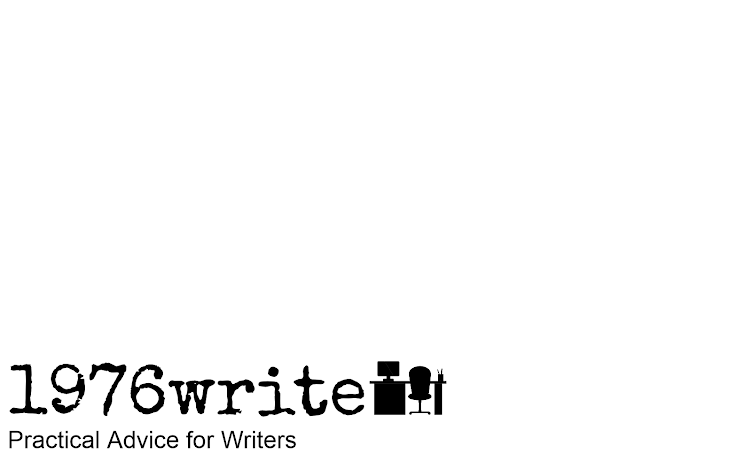It’s like a big crowded party, and you’re trying to get your face to stand out in the crowd.
Jon Gray.
What Makes an Iconic Book Cover
Here are some of the most memorable book covers of all time.- Pride and Prejudice, Jane Austen
- The Great Gatsby, F. Scott Fitzgerald
- Brave New World, Aldous Huxley
- The Catcher in the Rye, J. D. Salinger
- Invisible Man, Ralph Ellison
- Psycho, Robert Bloch
- To Kill a Mockingbird, Harper Lee
- The Godfather, Mario Puzo
- Jaws, Peter Benchley
- Jurassic Park, Michael Crichton
- American Psycho, Brett Easton
Book covers not only tell you what genre you're looking at, but also what you can expect when you read the first page. In other words they give the book its personality.
Over the centuries books have become objects of desire, leaving people wanting more. Many things can be found beneath a book cover, not least the knowledge a book can hold. And all of this is expressed in its cover.
People spend hours wandering around department stores, second-hand book stores and libraries because books play such an important part of people's lives. Much of this is due to the book cover, and the emotions that awaken when people stumble across an enchanting book cover.
In recent times Instagram has become a hive for people who love a really photogenic book cover. A cover that can be laid on top of a crisp duvet cover, or nestled on a sun lounger.
How to Create an Eye-Catching Book Cover
Identifying Your Audience
This is part of the formula to sell a book. Making a book cover requires the correct ingredients and theme. At the end of the day if you're selling a fiction title your cover should convey the right emotions and aspiration for the story. Similarly a nonfiction title should use familiar themes and symbols that the audience can connect with when they see the book cover.
Look at Bestselling Book Covers
If you can understand why a book is a bestseller you're halfway there.
Start by looking at the typography, colours, symbols and imagery. Discover what it is that is catching your eye. Make notes and ask yourself why the cover sticks out to you.
Recognising the Key Elements
Every book cover should contain the following elements:
Author Name and Title
The title is the main text that should stand out and be understood from a distance. The author's name should appear at the bottom, middle or top of the cover.
Image/Photograph/or Combination of Both
Imagery should automatically create a visual association, and allows the reader a sneak peek at what's hiding beneath the cover.
Colour Palette
Colours evoke emotion, so should be chosen very carefully. The colour will help draw in the audience, and intensify its visual appeal.
Typography
This is the font style, size and display of the text on the front cover.
Carefully chosen typograhy should enhance and balance the imagery provided.
Focus on the Ebook Cover
In today's book market a person is more likely to discover a book title from the ebook edition than from the paperback one.
The same rules apply to an ebook as they do to a paperback.
Selecting the Right Design Tools for Your Book Cover
These days there are plenty of free image design platforms you can use, such as Canva or Fotor. They'll provide templates you can use and customise yourself. Or you can be daring and create your own book cover.
A Quick Guide to Creating Your Own Book Cover
It Starts With an Idea
If you already have an image set in your mind, get as close to that as you can. Otherwise, you need to start collecting and researching book titles in your genre.
You can find ideas on:
- Goodreads
- Google Search
- Amazon Search
Using Free Stock Images
If you use an image creation website like Fotor you'll have millions of royalty-free stock photos to choose from.
You can be really creative and purchase a licence for your image, which means you're the only person who can use that particular image.
You can find paid stock images here:
- Shutterstock
- Adobe Stock Photos
- Getty Images
- iStock
- StoryBlocks
- Kate Max Stock
- Stock Unlimited
- Haute Stock
Novels: 5 x 8
Hardcover books: 6 x 9 to 8.5 x 11
Textbooks: 6 x 9, 7 x 10, 8.5 x 11
Trade Paperbacks: 5.5 x 8.5 to 6 x 9
Fiction books: 4.25 x 6.87, 5.25 x 8, 5.5 x 8.5, 6 x 9
Nonfiction books: 5.5 x 8.5, 6 x 9, 7 x 10
Children’s books: 7.5 x 7.5, 7 x 10, 10 x 8
- Fotor
- Canva
- Adobe Spark
- GraphicSprings
- DIY Book Covers
- Design Wizard
- GIMP
- Venngage Book Cover Maker
- Understand what makes a book cover design great, particularly ebook covers.
- Recognise your niche.
- Take your time and create it after you've finished writing your book.
- Choose design software that will suit your budget and needs.




No comments:
Post a Comment
Tell me your thoughts.